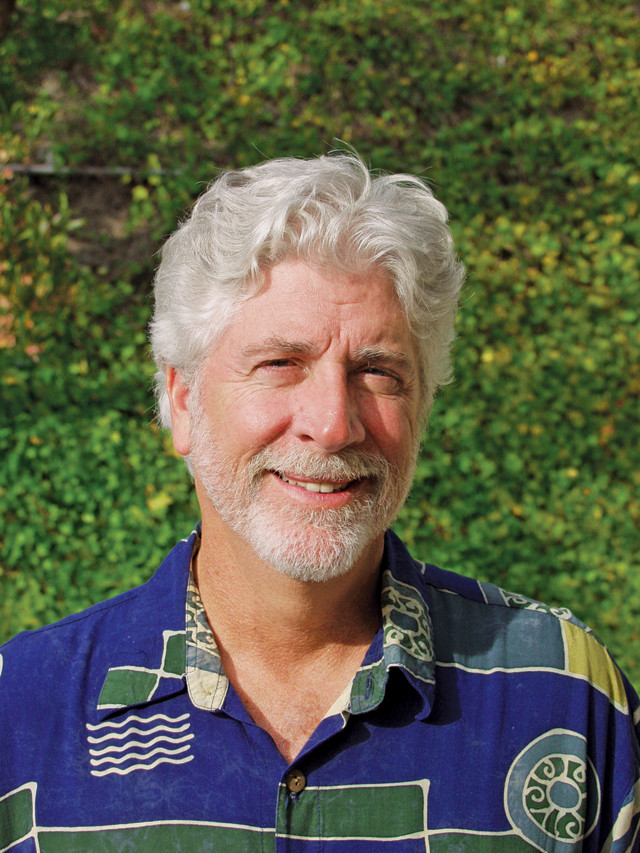
by John Copeland Tuesday, December 27, 2016

Credit: Fran LoCascio
Cuneiform clay tablets discovered in Iraq reveal that more than 4,000 years ago, Babylonians were celebrating a New Year’s holiday. The Babylonian New Year, however, began with the first crescent moon after the spring equinox.
Several other ancient cultures celebrated the start of the new year on other dates tied to the seasons. The Egyptians, Phoenicians and Persians began the new year with the fall equinox, while the Greeks celebrated it on the winter solstice. Ancient Celts and other Northern European cultures celebrated the new year beginning at dusk on Oct. 31. Ancient Hebrews also celebrated their new year (Rosh Hashanah) in the fall, and Jewish people worldwide still observe this tradition. India and Iran celebrate their new year in March. China celebrates its new year in late January or February.
These varied dates for New Year’s holidays make one wonder how January ultimately became the first month on our calendar and how Jan. 1, which has no particular astronomical or agricultural significance, came to mark the beginning of our new year. We can blame the Romans. The month of January did not even exist until about 700 B.C., when the second king of Rome, Numa Pompilius, added the months of January and February to the Roman calendar.
The month of January is associated with the god Janus, one of the few Roman gods with no Greek counterpart. In prayers, his name was evoked even before that of Jupiter. To the Romans, Janus was the god of beginnings and endings, presiding over every entrance and departure. Because every door and passageway looks in two directions, Janus is always depicted as two-headed; one face looks back into the past as the other peers forward to the future.
In 46 B.C., Julius Caesar reformed the Roman calendar, introducing a new, solar-based calendar that was a vast improvement on the Ancient Roman calendar, which over the years had become wildly out of sync with the seasons. The Julian calendar decreed that the new year would begin on Jan. 1.
After Rome’s decline and Christianity had spread through Europe, the church considered New Year’s celebrations pagan. In A.D. 567, the Council of Tours abolished Jan. 1 as the beginning of the year, and throughout medieval Christian Europe, the new year was celebrated on a variety of dates, including Christmas; March 1; March 25, the Feast of the Annunciation; and Easter. There was no uniform calendar.
Then, during the late 1500s, at the urging of Pope Gregory XIII, Italian doctor and astronomer Aloysius Lilius came up with a modification to the Julian calendar that made it more accurate. The resulting Gregorian calendar, followed by most of the world today, restored Jan. 1 as New Year’s Day. Although most Catholic countries adopted the Gregorian calendar almost immediately, it was only gradually adopted among Protestant countries. The British, for example, did not adopt the reformed calendar until 1752. Until then, the British Empire, and the American colonies, still celebrated the new year in March.
In the Northern Hemisphere, January is a logical time for a new beginning. On the winter solstice 10 days prior, we experience the shortest day of the year and by the beginning of January, the days are lengthening again. This return of longer hours of daylight had a profound effect on cultures that were tied to agricultural cycles. It even exerts an emotional effect on many people today.
I think the Ancient Romans were on to something with Janus. As the god of new beginnings, Janus is a good symbol for starting the new year, both looking back in contemplation of the year just past and looking forward to the coming year.
New Year’s resolutions — reactive goals for changing one’s behavior — offer a perfect example of looking backward and forward at the same time. It is believed that the Babylonians were the first to make New Year’s resolutions. The Romans also had a similar tradition. A common resolution in Ancient Rome was to ask forgiveness from enemies of the past year. Early Christians also believed the first day of the new year should be spent reflecting on past mistakes and resolving to improve oneself.
Today, when we make resolutions on Jan. 1, we’re tapping into that ancient and powerful human longing for a fresh start.
© 2008-2021. All rights reserved. Any copying, redistribution or retransmission of any of the contents of this service without the expressed written permission of the American Geosciences Institute is expressly prohibited. Click here for all copyright requests.